OK, I have wanted this info for years and only recently my DH has been able to capture it, precisely.
Here's the set-up: I use a varied group of Asko and Miele machines (all the older, somewhat smaller, true horizontal axis, "Euro" designs). They are fed ONLY cold water so no additional heat energy (i.e. not coming from machines' own internal heaters) is used at any point during the cycle. My machines live in the unheated basement of a northern NY house; my tap water temp is generally about 50F as it flows into the machine. I fill the machines pretty full - it kills me to do small, ad hoc loads! All my machines are long-cycle default models (though I have shorter, optional cycles, too.)
Almost all of my loads use warm to hot to darn near boiling temps where possible. Only very delicate fabrics get tap cold or even cool. My basic wash temp is @140F; sturdy fabrics and farm clothes get @155F; bed linens, kitchen linens, cleaning cloths and pet bedding are routinely washed at 190F (or higher if in the Asko).
But I have always wondered how much energy these wash temp choices require and whther it's costing me a fortune. And I've wondered what the additional incremental cost of a 190F wash vs 140F wash.
Now I know, although I am just beginning to collect the data, so this is just the results from the first three loads.
Load # 1) One all-white load of cleaning towels used to help my clean my SIL's new apartment. Four dozen 14" sq. terry towels (aka terry shop rags) that were used with my LadyBug steamer for cleaning walls and particularly grimy kitchen floors and walls and two dozen birdseye diapers (not prefolds) used for cleaning cabinets, bath fixtures, appliances and general dusting.
Miele 1918, 1 Tablespoon Cheer powder and 1/2 teaspoon STTP, no other additive or f/s. Normal cotton cycle, no pre-wash, no added rinse or high water level selected; temp 190F; predicted running time 1 hr 47 min, actual running time 2 hrs, 6 min. Total energy cost of the cycle (excluding energy to pump water from the well): 33 cents.
Loads #2 & #3: Both well-filled (drum full to top, and weighing at least 12 lbs each) loads of mixed colored items: jeans, flannel shirts, cottton turtlenecks, fleece tops, underwear, socks and bath towel and wash cloth. One tablespoon of Cheer each, nothing else. Both cycles done on the permanent press cycle (higher wash water level, fewer rinses -two not four as in above load - and extra fill for post-wash cool down built into program, somewhat lower-power 1000 rpm, vs 1600 rpm spin on the first load) PLUS additional "starch" cycle basically a separate, added full, cold fill, short agitation, drain and high-speed spin that I use when I want to add an additional rinse to the pre-programmed permanent press choices and include a high-speed spin for max water extraction. Temp chosen: the max for permanent press on Miele - 140F. Energy cost averaged over two back-to-back cycles: 25.5 cents per load. Predicted run time: 1 hr 7 minutes, actual (averaged) 1 hr 22 min.
My local cost for electricty is 15 cents per KWH.
I find it very interesting that the higher temp loads cost so little additional to do. I was astounded at the current the Miele motors drew (and did so more or less throughout the long cycles vs the relatively shorter time the hefty heaters were running.)
I have long wanted to know this info and, of course, since these are 220V machines my Killawatt device couldn't tell me. We are in the process of designing a new PV system, so my D(evice geek)H finally convinced me that we should buy a more sophisticated energy monitoring system, and this is the result. I can gather more data now than even I will want.
Next up: cost of 15 min, low-heat, quick spin in my Asko condenser dryer before hanging out (for fluffing and de-wrinkling purposes). Plus sooner or later I'll have a blizzard, or something, and I'll need to do one of my exremely rare full drying cycles. Can't wait to see what cost I avoid by hanging 99.9% of my loads out, year-round.
YMMV, naturally.
L.

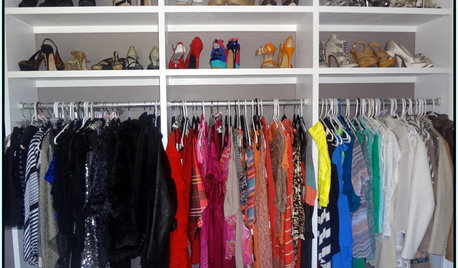

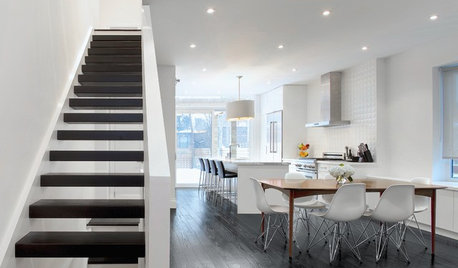

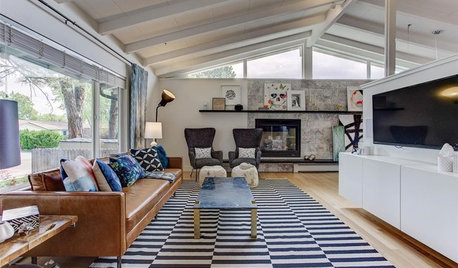
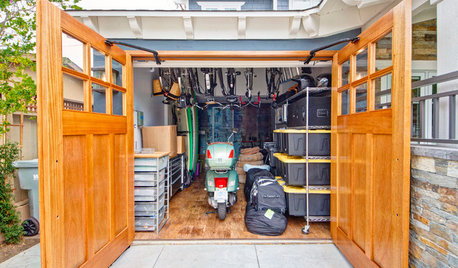
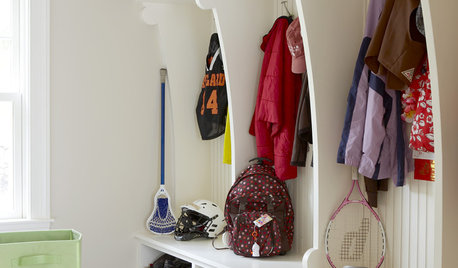
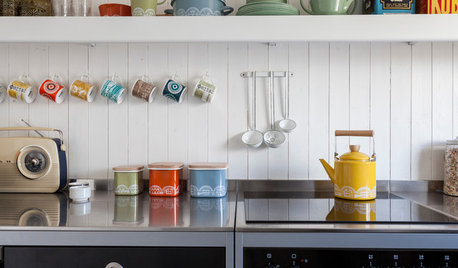
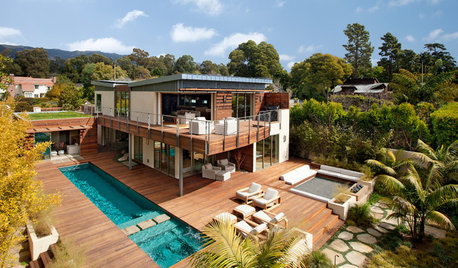






Nunyabiz1
cryptandrus
Related Discussions
What washing machines will actually give you a hot wash?
Q
Front loader w/o heater but reasonably hot wash cycle?
Q
LG vs Duet's internal heater
Q
Clothes Washers - Internal Heater Advantages ??
Q
livebetter
dadoes
Nunyabiz1
herring_maven
liriodendronOriginal Author
livebetter
bernise6
sshrivastava
livebetter